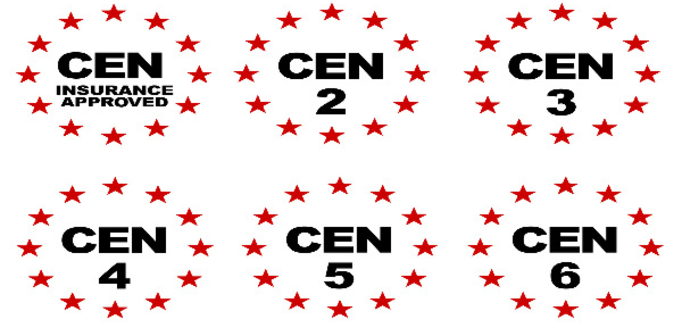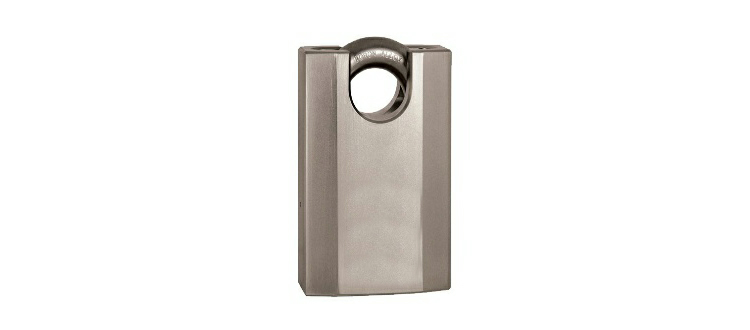


As the leading manufacturer of steel fencing products, Paramount Steel Fence cannot endorse any single padlock product or manufacturer. We do offer limited advice, which is designed to assist in the selection and specification of a suitable padlock for our manual gate range. This information on locking solutions should be considered as guidance only, and is aimed at offering support to end users and specifiers. The information is intended to assist in obtaining the best performance from our product range.
Purchasing the correct padlock or locking system is essential to provide effective locking for our swing and sliding gate ranges. Over the last decade, thousands of padlocks have been fitted to our gates: some have provided reliable protection, whilst others, in the worst case scenarios, have been defeated in less than 6 seconds.
A criminal offender will use an array of possible methods to overcome your padlock. The two most well known and common methods are with the aid of a bolt cutter or with a twisting action on the lock, both of which are virtually silent. More complex means of attack sometimes see the use of battery-powered cutting equipment or gas-powered cutting torches, or sometimes even lock picking. It’s worth bearing in mind that gas cutting torches offer a fast means to attack a secure perimeter, but they are not normally the average criminal’s first choice in equipment. The weight of the bottles, combined with the bright light produced, the purchase cost, and the paper trail relating to the purchase of gases make the option unviable for most offenders. Similarly, offenders with the skills to pick locks are in a small minority and the careful selection of a pick-resistant lock can reduce this risk further. For this reason, we will consider locks which are resistant to the most common forms of attack, such as bolt cutters and twisting.
The first factor in selecting a suitable lock has to be any requirements which are laid down by the insurer who covers the risks of the protected premises. Some insurance companies set a minimum standard for locking systems on perimeter gates. As an end user, if you fail to meet this requirement, in some cases your insurance policy may become invalid.
In circumstances where your insurer has not specified any set standard for a suitable padlock, the principal consideration has to be maintaining the security of your premises to the highest possible standard.
In the United Kingdom there are a range of standards relating to padlocks and locking systems. These vary from British and European standards through to CEN insurance-approved standards. We will concentrate on the CEN standards, which are based on a numerical score system between CEN 1 and CEN 6. Locks rated at the lower end of the scale are considered to be suitable for low-security applications, and locks rated CEN 5 or CEN 6 are considered to be suitable for high-security applications.
Although you may not consider that your premises actually require a high-security rated product, consideration should be given to using such a highly rated product simply because of how easy it could be to defeat a low security padlock.
Padlocks which meet the requirements of CEN 6 are the most suitable for our manual gate product range; most of the leading lock manufacturers have a suitable product within their range which meets this standard. Within CEN 6 there are two types of padlock which are suitable for security gates: the first is the traditional open shackle lock, and the second is the more recently developed closed shackle padlock.
Closed shackle padlocks are the preferred specification for Paramount gate products, as they offer increased resistance to attack from grinding equipment. However, sometimes, particularly with pedestrian security gates, the increased lock mobility which is a benefit of open shackle locks and which aids locking and unlocking can be preferred by some end users.
In conclusion, it is widely accepted that the best locking solutions are CEN 6 rated, in open or closed shackle formats. A limited range of images showing these types of locks is illustrated above.
